Key Takeaways
- Use dedicated commercial real estate platforms like LoopNet and Reonomy to filter for industrial properties by important criteria such as size, price, and location.
- Prioritize essential property features, including ceiling heights, loading docks, highway access, and understanding local zoning regulations.
- Collaborate with a local real estate broker for exclusive off-market opportunities and in-depth market expertise.
Smart Strategies for Securing Industrial Real Estate
To find industrial property for sale near you, start with top sites like LoopNet or Reonomy—these let you filter by size, price, and location, so you’re not wasting time.
Focus on what matters most: ceiling heights, loading docks, easy highway access, and local zoning rules.
Team up with a local broker for off-market deals and expert insights.
Check financials, compliance, and future growth before you decide. Stick around for more proven ways to find your perfect space.
Understanding Key Online Platforms for Industrial Listings
If you’ve ever wondered how to find the perfect industrial property near you, you’re not alone—today’s search starts online, right where you are.
Trusted sites like LoopNet let you filter industrial property options by size, price, and even industrial zoning.
When you need deep property valuations and want to explore ownership history, Reonomy and CommercialEdge help you see the details behind every listing.
With industrial rents, for example, trending up nationally and reaching an average of $8.44 per square foot in March 2025, these platforms can help you compare pricing and spot value in your target markets.
Understanding factors like warehousing demand can help you assess where property values are likely to remain resilient and identify local opportunities for growth.
If you need data on rental trends or market snapshots, CoStar and Costar Comps offer strong tools for comparing properties side by side.
Top real estate brokerages, such as CBRE and JLL, publish their own direct listings with valuable analytics.
Each platform brings unique insights, making your search for the right industrial property more informed, strategic, and confident.
Navigating Regional Market Variations
When you start looking for industrial property in the U.S., you quickly notice how much the market changes from one region to the next.
Some areas have a lot of new buildings going up, while others slow down development. You’ll find regions like the Southeast thriving because of strong business climates, while the Midwest offers more affordable options due to lower rent growth.
Regional supply affects vacancy trends—if too many spaces open up, vacancies rise, and rents stay steady or even drop.
For example, vacancy rates surpass 10% in some big-box facilities where significant speculative supply was recently delivered.
For instance, Boston’s recent drop in vacancy rate shows greater demand, while Southern California faces adjustments and changing lease costs.
Understanding these regional differences helps you target the right areas for your investment and avoid regions where rising vacancies could impact value.
Evaluating Property Types and Features
When you’re looking for industrial property in the U.S., it’s important to think about how each facility’s features match your specific business needs.
Properties can be categorized as manufacturing, storage/distribution, or flex space, and understanding these types helps you focus your search on those best suited for your operations.
Consider whether the layout, power supply, and storage options work for your day-to-day operations. And, of course, take a close look at how accessible the location is.
Does it offer convenient highway, rail, or customer access?
Keeping these factors in mind will help you choose a property that supports both your current goals and your future growth.
Next, let’s explore how to compare different property types to find the best fit for your business.
Comparing Facility Specifications
Stepping into the world of industrial property, you’ll see that no two facilities are exactly alike, and even the smallest details can make a huge difference in productivity.
When comparing facility specifications, it’s smart to focus on how each choice affects your bottom line, especially Property Lease options and Maintenance Costs.
Think about structural aspects like ceiling height, floor strength, and loading doors. Let each property’s features spark a mental picture of your operation running smoothly or hitting roadblocks.
Depending on the property, you may encounter buildings classified as A, B, or C based on price, value, quality, and amenities, which helps you quickly determine investment potential.
| Specification | Why It Matters |
|---|---|
| Ceiling Height | Handles tall racks or big machinery |
| Floor Load Capacity | Supports heavy manufacturing setups |
| Column Spacing | Frees up room for movement and storage |
| Dock Count | Streamlines shipping and receiving |
| Power System | Needed for advanced equipment use |
Each spec shapes your potential for success.
Assessing Location and Access
How do you choose the right industrial property that truly fuels your business growth?
Start by evaluating location and access. Think about how close the site is to transportation corridors such as highways, railways, and airports—these affect both your daily operations and long-term costs.
Industrial zoning ensures your business meets local regulations and stays compliant.
Make sure you’re within easy reach of a skilled workforce; workforce proximity can drive productivity and business stability.
When evaluating locations, consider the quality of infrastructure in the area, as this will influence your daily operating costs and the long-term support your property receives.
Remember, location impacts not just logistics, but also property value and your ability to attract talent.
- Fast access to major shipping routes for smooth deliveries
- Proximity to suppliers and markets for a streamlined supply chain
- Reliable infrastructure and utility connections for daily operations
- Urban-edge locations that keep you close to a large workforce
Careful selection lets your business thrive.
Utilizing Geofilters and Map-Based Searches
When you’re searching for industrial property for sale near you, geofilters and map-based searches can be game-changers, letting you zero in on the exact areas that matter most.
Using geofilters, you can focus your search by drawing boundaries or setting distances around regions important to your goals, like near a major highway or within a business district.
These tools cut through irrelevant listings and highlight properties meeting your needs, including those with appealing property aesthetics or a minimal environmental impact.
For even more streamlined analysis, platforms such as Giraffe integrate site discovery, zoning data, and 3D visualization for efficient evaluation and real-time design collaboration.
Map-based searches give you a visual sense of proximity and layout. By using platforms like Google Earth or advanced GIS tools, you can scan sites for traffic flow, green space, and even nearby facilities.
This helps you make confident decisions tailored to your requirements, all from your screen.
Leveraging Brokerage Expertise and Support
After you’ve narrowed your search with smart tools like geofilters and maps, tapping into the expertise of a skilled brokerage can open powerful advantages in your hunt for industrial property.
Brokerages bring deep market knowledge, helping you spot the best deals and avoid costly pitfalls.
They’ll guide you through complex industrial lease negotiations, which is essential for securing fair terms and ensuring tenant retention over time. Here’s what working with a reputable brokerage can look like:
- Access to off-market listings and exclusive deals before anyone else
- Custom reports showing hyperlocal vacancy rates, rental benchmarks, and future developments
- Streamlined due diligence, covering environmental checks and zoning issues
- Skilled negotiation for rent or price, including incentives and compliance audits
Because brokerages have vast networks, they can quickly connect you with property owners, investors, and service providers you might not find on your own.
This partnership transforms your search, making complex decisions more understandable and rewarding.
Setting Smart Search Parameters for Efficient Results
Although the industrial property market can seem overwhelming, setting smart search parameters helps you focus on what truly matters and saves you valuable time.
Define your must-have features, like ceiling heights over 18 feet or dock-high loading bays, to support your supply chain needs.
Map out locations close to highways or rail lines to keep your deliveries moving efficiently.
Access to transportation channels such as airports, nearby highways, and seaports ensures access to labor and supplies.
Remember, checking floor load capacities and column spacing prevents future headaches with heavy equipment or layout changes.
Don’t overlook the environmental impact of your search. Filter for properties with up-to-date environmental site assessments and stormwater certificates to avoid regulatory headaches.
Use online search tools with GIS mapping to screen for flood risks and automated alerts for off-market opportunities.
Smart filters keep your property hunt focused, purposeful, and efficient.
Analyzing Financial Metrics and Investment Potential
Once you’ve narrowed your search using smart filters, the next step is to look closely at the numbers behind each property.
You’ll want to dig into NOI analysis to see if the rental income truly outweighs operating expenses, confirming the property generates profit.
Analyzing the occupancy cost ratio will help you gauge whether tenant expenses are balanced with their income, which can directly impact satisfaction and retention rates.
Don’t just stop there—cap rate evaluation will help you measure if your investment stacks up against other U.S. industrial properties.
Watch for ways to boost NOI, like matching leases to market rents or keeping tenant turnover low.
Every figure tells a story about risk and reward.
- Calculate NOI by subtracting management, taxes, and maintenance from total rent.
- Compare cap rates with similar local properties to spot value or risk.
- Check cash-on-cash return to ensure strong income for your investment.
- Review recent upgrades and market trends for property appreciation potential.
Assessing Accessibility and Zoning Considerations
If you’re ready to take the next step in buying industrial property, you need more than just profits on paper—you need a location that works for real people and growing businesses.
Prioritize accessibility compliance by examining entryways, parking, and pathways to make sure they meet ADA standards.
Zoning restrictions may limit building height, use, and noise, shaping how you operate and expand.
Don’t skip due diligence—get an ADA audit, check zoning with local authorities, and review traffic flow. Environmental or utility limitations can seriously impact daily operations and future upgrades.
By incorporating accessibility features like tactile signage and ramps from the outset, your investment aligns with ADA requirements and ensures that everyone can access your space with dignity.
Use this chart for a quick site review:
| Checkpoint | Accessibility Compliance | Zoning Restrictions |
|---|---|---|
| Parking | Meets ADA van standards | Setback requirements |
| Entry/Exits | Ramp access | Prohibited uses |
| Interior Routes | Clear, unobstructed | Noise limits |
| Expansion | ADA in renovations | Permit required |
Capitalizing on Emerging and Growth Markets
After you’ve nailed down the basics like accessibility and zoning, it’s time to set your sights on where true opportunity lies—emerging and growth markets.
You stand at the edge of sweeping industry change: e-commerce, onshoring, and tech innovation are fueling new demand for U.S. industrial spaces.
To make smart investment decisions, study historical property trends and keep environmental considerations in mind. Watch where companies cluster for the best logistics and rapid delivery.
In 2025, leasing activity is expected to stabilize just above 800 million sq. ft., giving investors a reliable benchmark for gauging market momentum.
New markets can offer stronger returns and help you steer through shifting economic terrains.
- Picture bustling data centers rising in metro hubs, shaping tomorrow’s skyline.
- Imagine logistics hubs buzzing near key highways, driven by supply chain reshaping.
- See solar panels and green roofs, showing off environmental considerations in industrial development.
- Visualize charts of historical property trends guiding your next big move.
Building a Diversified Industrial Property Portfolio
Building a diversified industrial property portfolio is a smart move if you’re aiming for stability and long-term growth. Think about targeting a range of market segments across the U.S.—it’s a proactive way to spread out your risk and protect yourself from surprises.
Diversification reduces market-specific risks by blending warehouses, manufacturing, and flex spaces into your portfolio.
Strategic Market Segmentation
Even in a fast-paced U.S. market, building a diversified industrial property portfolio starts with thoughtful market segmentation.
You’ll want to explore options that go beyond simply buying what’s available. Focus your attention on the unique roles each industrial park or supply chain hub plays.
Consider segmenting based on location, property type, and tenant industry so your investments don’t rely on just one sector’s success.
Because industrial markets are harder to segment than consumer ones, investors benefit most from taking a nuanced approach and digging into complex overlaps in application and customer needs.
- Picture yourself exploring bustling industrial parks, each humming with warehouses or manufacturing activity.
- Analyze data about tenant industries, like pharmaceuticals or automotive, to spot spaces driving the local supply chain.
- Track fast-growing logistics corridors near major highways or ports.
- Compare property features—like square footage or tech-readiness—to align with the region’s economic pulse.
This approach builds stability and unlocks new growth.
Risk Mitigation Approaches
Though the U.S. industrial real estate market offers exciting opportunities, building a resilient property portfolio means making smart moves to limit risks.
Start by diversifying across property types—invest in warehouses, manufacturing spaces, and flex spaces to reduce vulnerability to market shifts. Spread investments across different regions to avoid downturns in one area hurting your entire portfolio.
Emphasize strong tenant retention, ensuring consistent income, and high-quality management to cut operational costs. Environmental compliance is vital; staying ahead of regulations protects your investments and reputation.
One of the key benefits of diversification is that it reduces overall portfolio risk by avoiding overconcentration in a single sector or region.
Monitor emerging trends like e-commerce growth or green initiatives to adapt quickly.
Here’s a quick look at risk mitigation strategies:
| Strategy | Benefit | Example |
|---|---|---|
| Geographic Diversification | Reduces local market risk | Invest in Midwest & Sunbelt |
| Tenant Retention | Ensures steady cash flow | Long-term lease agreements |
| Environmental Compliance | Avoids legal issues | Green property certifications |
Assessment
Your Next Step in Finding Industrial Property
Finding the right industrial property isn’t just about checking boxes—it’s about discovering the place where your vision can take shape. Think of each search as the start of a conversation, and every broker you meet as someone helping you decode the local market.
Stay curious, use every tool at your disposal, and don’t hesitate to ask questions along the way.
Ready to start your search?
Dig into local listings, reach out to a reliable broker, and take the next step toward finding an industrial property that truly fits your goals.
Your legacy is waiting—let’s get started!























